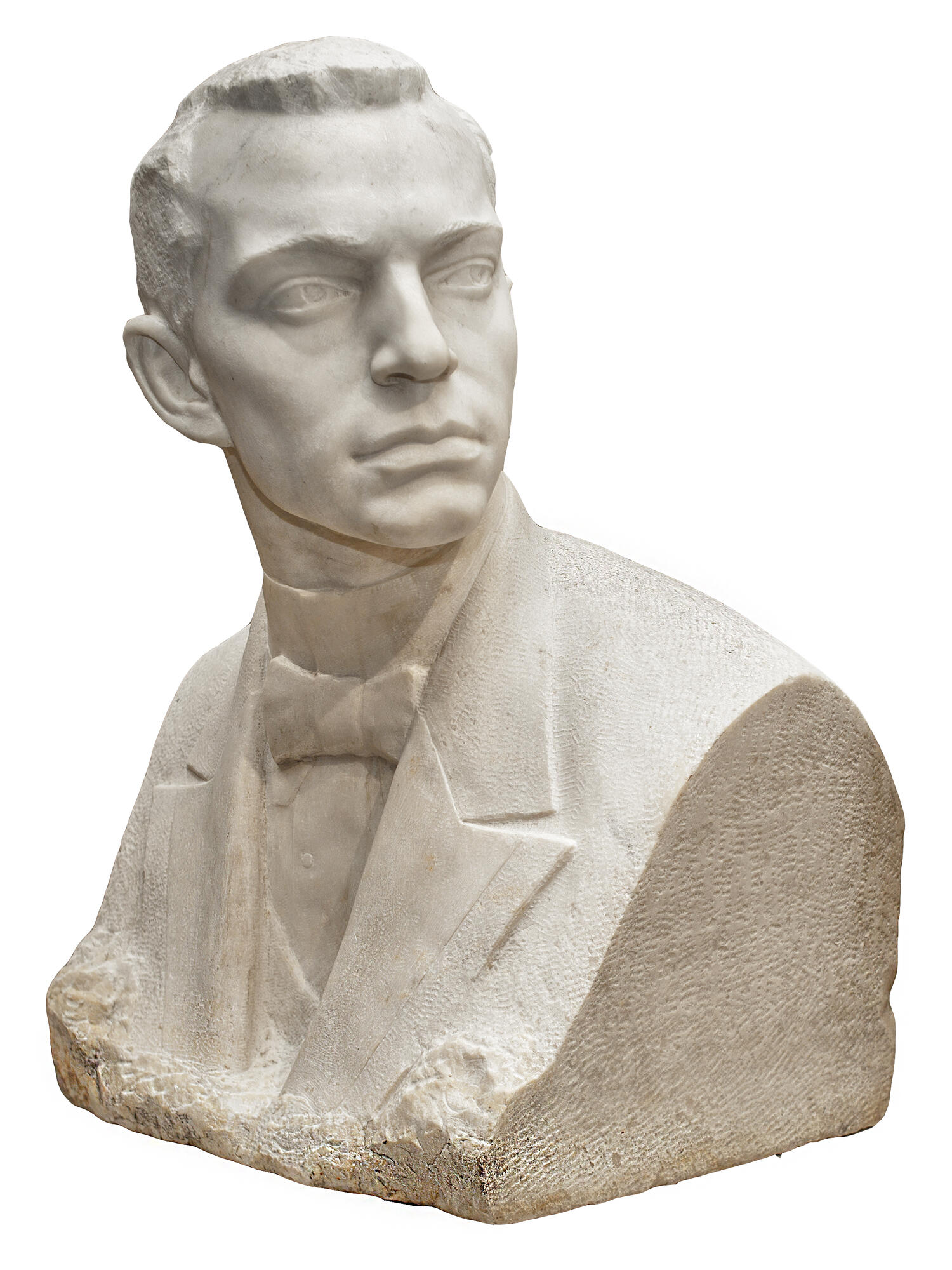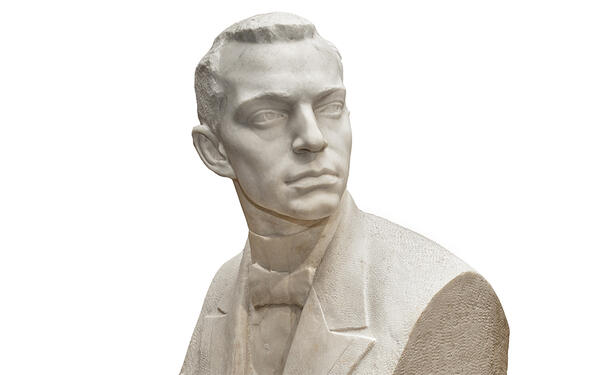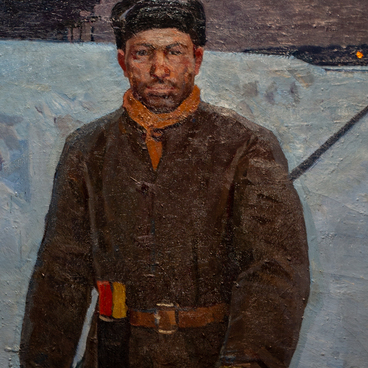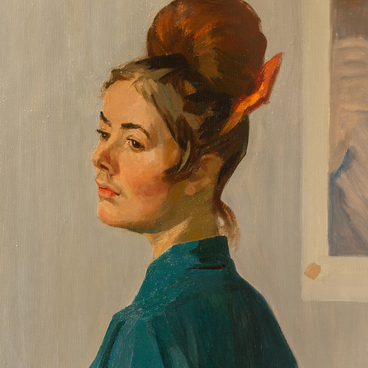Sculptor Alexey Teneta created this portrait of a famous composer Sergei Rachmaninoff in the 1950s. By that time, Rachmaninoff had long ago emigrated to the US and had already died. Therefore, the sculptor must have collected the material for the statue from photographs and newspaper articles. In this statue, he depicted a young Rachmaninoff unaware of the future tragic events in his life — in order to do this Teneta portrayed the composer with calm and soft facial features.
For this statue, Teneta used marble. This snow-white stone allows sculptors to carve precise and strong lines.
Creating portraits of the great composer presented a difficult challenge for artists: his contemporaries described Rachmaninoff as a reserved, humble, and insecure person. Rachmaninoff preferred to keep to himself instead of interacting with strangers and was also too restless to pose for a portrait. At the same time, his great sensitivity was one of the factors which helped Rachmaninoff create such uniquely profound and moving musical pieces.
Rachmaninoff’s life was full of tragic experiences. He criticized the Russian political regime and he fled in exile to the US after the Russian Revolution. His music suffered a boycott in Soviet Russia for several decades. Despite that he gained recognition among Soviet citizens: some of his sheet music books were printed and available in the USSR. Throughout his entire life, Rachmaninoff carried with him the memories of those dark times, and translated his emotions into the language of music, with the homeland and its destiny being the recurrent themes of his work.
Sculptor Alexey Teneta is mainly famous for his work in the genre of Socialist Realism. Most of his statues are inspired by the enthusiasm of the Russian Revolution, the events of wars, and the Soviet spirit. The artist created many images of partisans, collective farmers, heroes, young women, and musicians which were very typical of that period. His most famous works are the monument “To the Fighters for Soviet Power in the Far East” decorating the central square in Vladivostok and several sculptures of the “Friendship of Nations” fountain at VDNKh in Moscow.
For this statue, Teneta used marble. This snow-white stone allows sculptors to carve precise and strong lines.
Creating portraits of the great composer presented a difficult challenge for artists: his contemporaries described Rachmaninoff as a reserved, humble, and insecure person. Rachmaninoff preferred to keep to himself instead of interacting with strangers and was also too restless to pose for a portrait. At the same time, his great sensitivity was one of the factors which helped Rachmaninoff create such uniquely profound and moving musical pieces.
Rachmaninoff’s life was full of tragic experiences. He criticized the Russian political regime and he fled in exile to the US after the Russian Revolution. His music suffered a boycott in Soviet Russia for several decades. Despite that he gained recognition among Soviet citizens: some of his sheet music books were printed and available in the USSR. Throughout his entire life, Rachmaninoff carried with him the memories of those dark times, and translated his emotions into the language of music, with the homeland and its destiny being the recurrent themes of his work.
Sculptor Alexey Teneta is mainly famous for his work in the genre of Socialist Realism. Most of his statues are inspired by the enthusiasm of the Russian Revolution, the events of wars, and the Soviet spirit. The artist created many images of partisans, collective farmers, heroes, young women, and musicians which were very typical of that period. His most famous works are the monument “To the Fighters for Soviet Power in the Far East” decorating the central square in Vladivostok and several sculptures of the “Friendship of Nations” fountain at VDNKh in Moscow.




